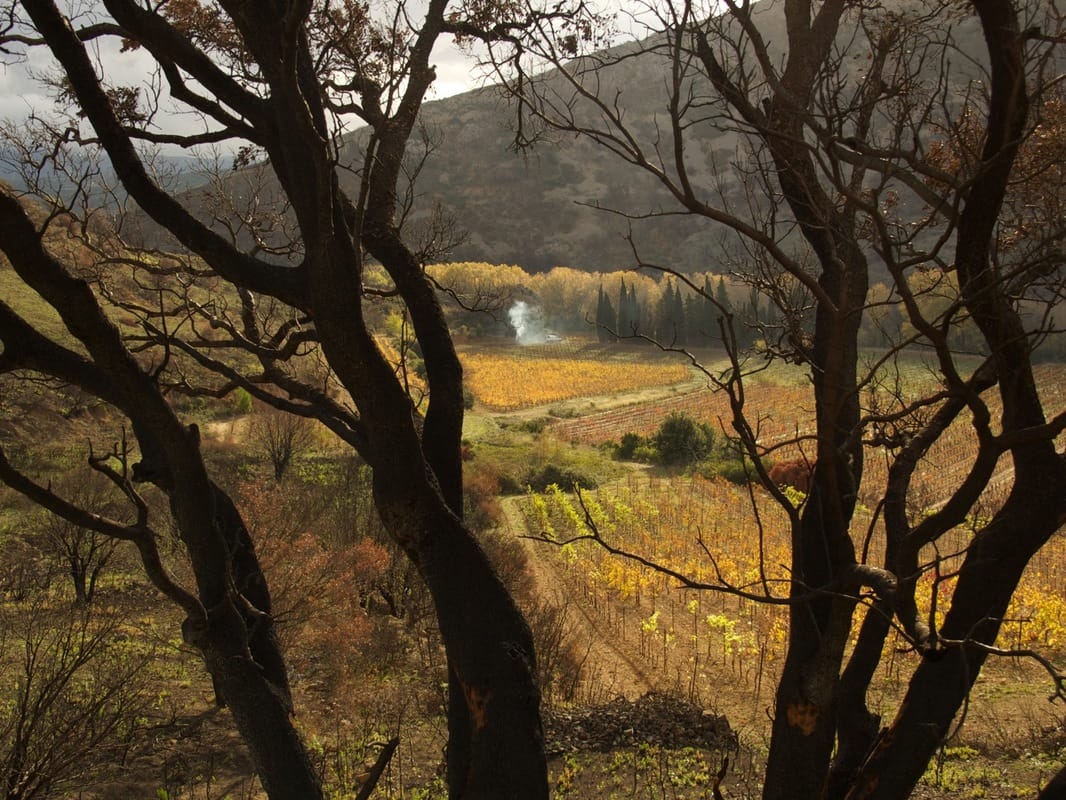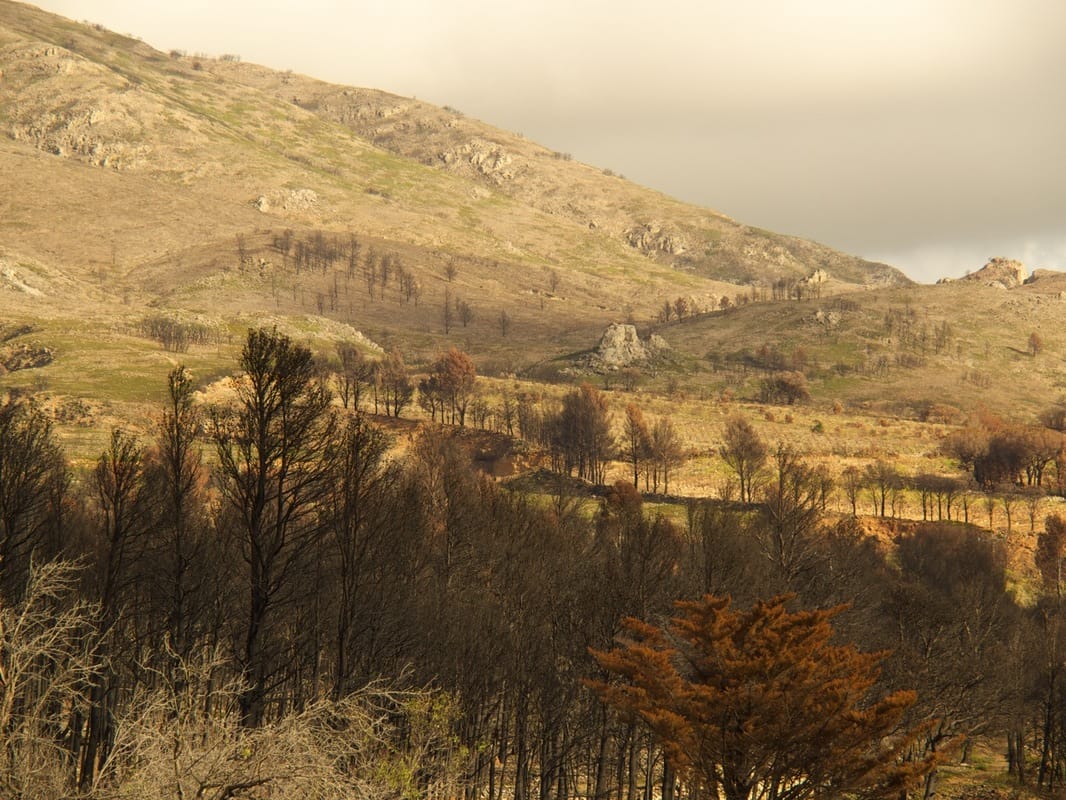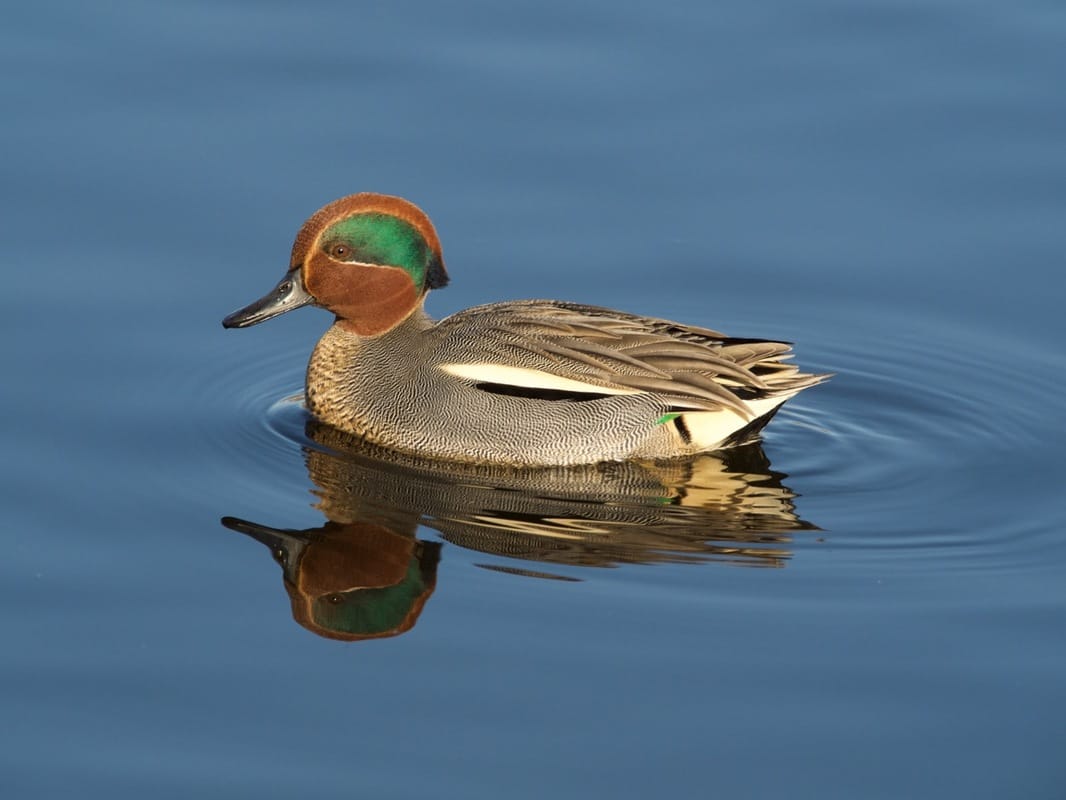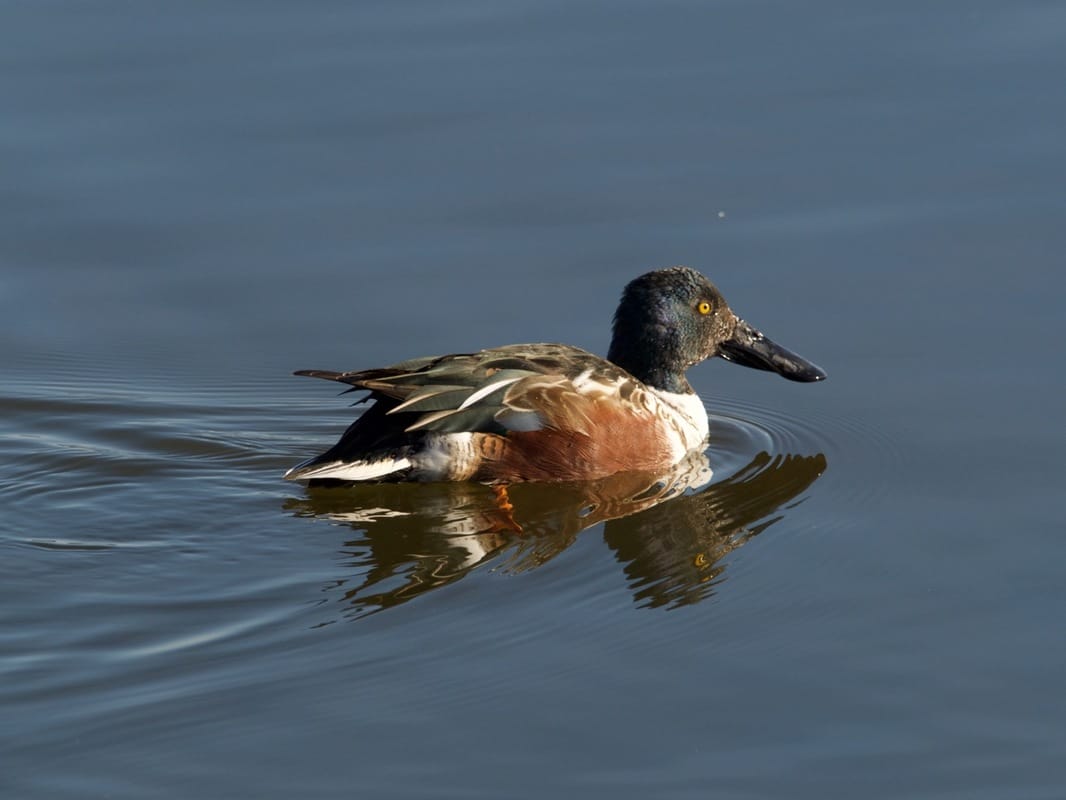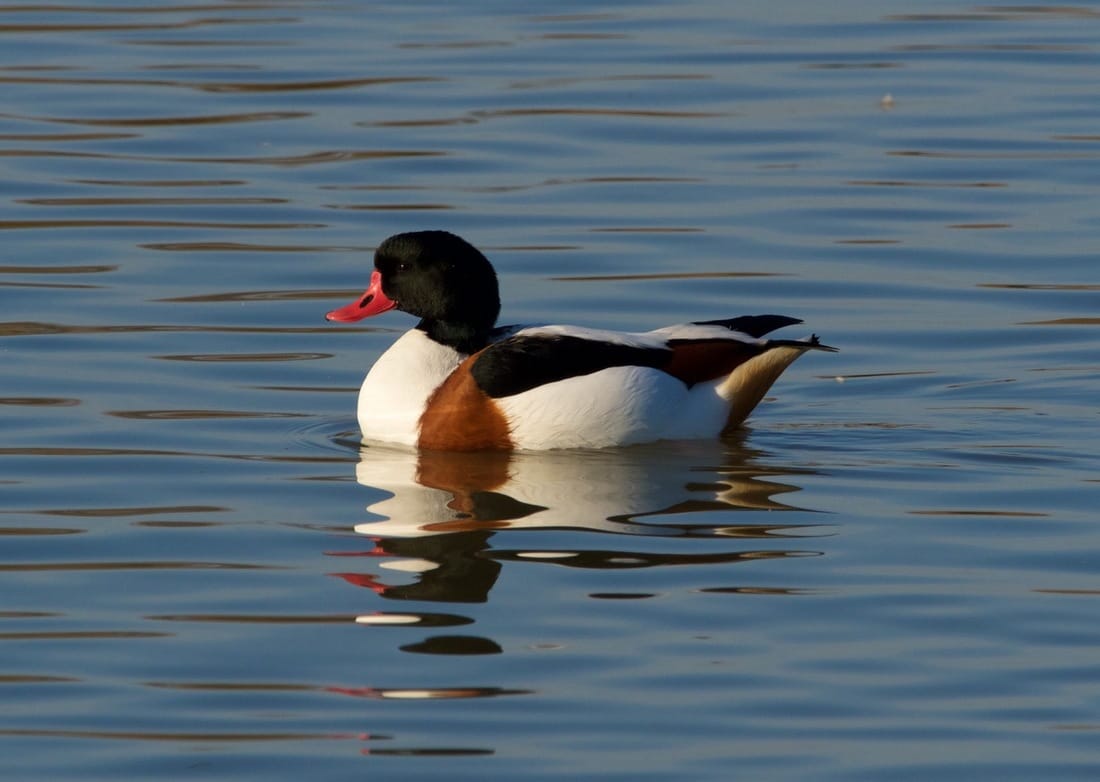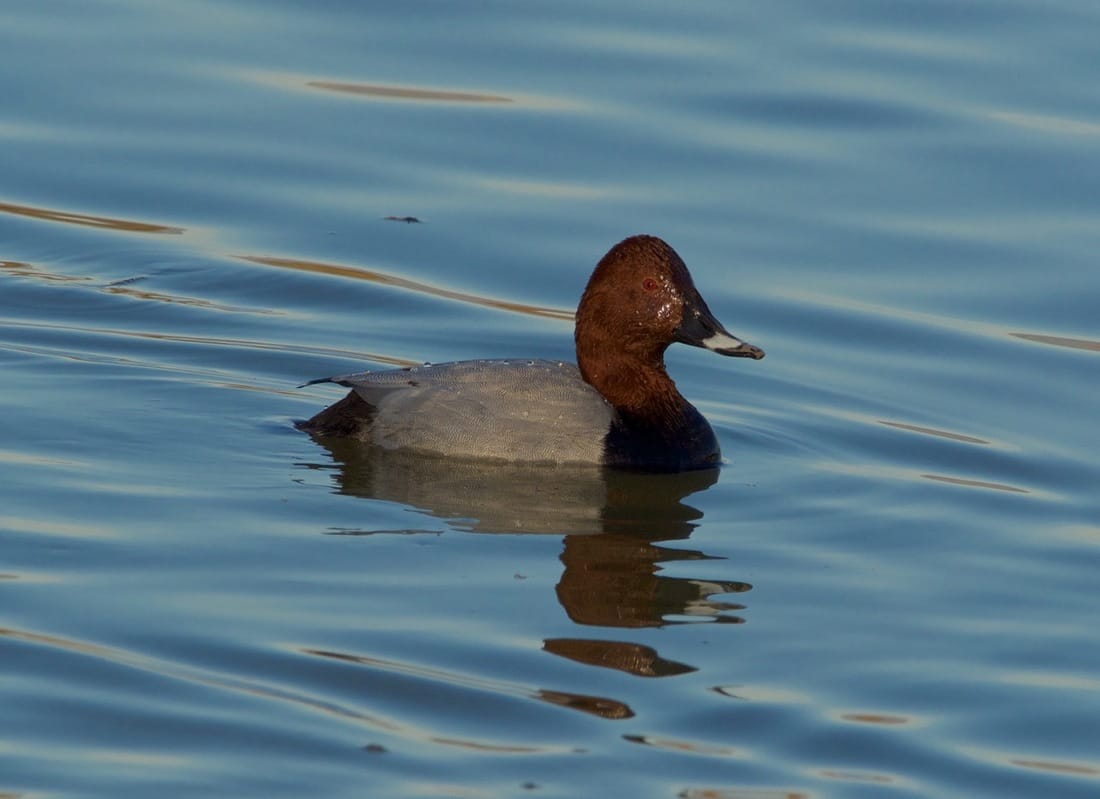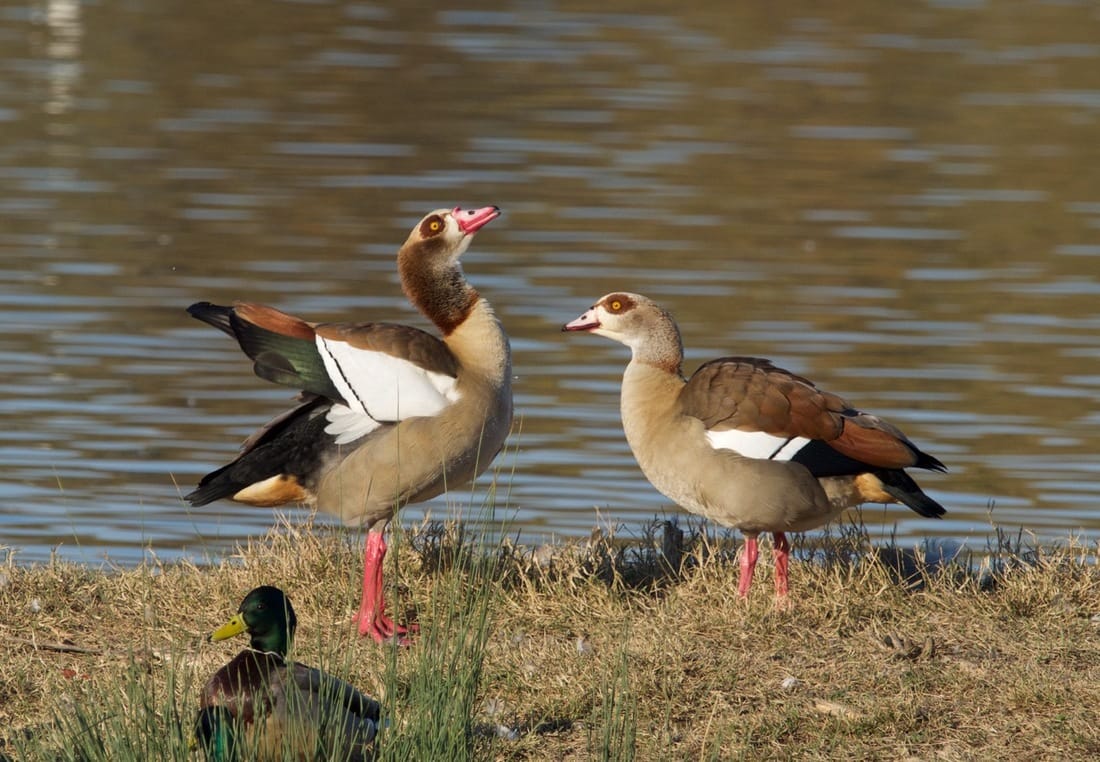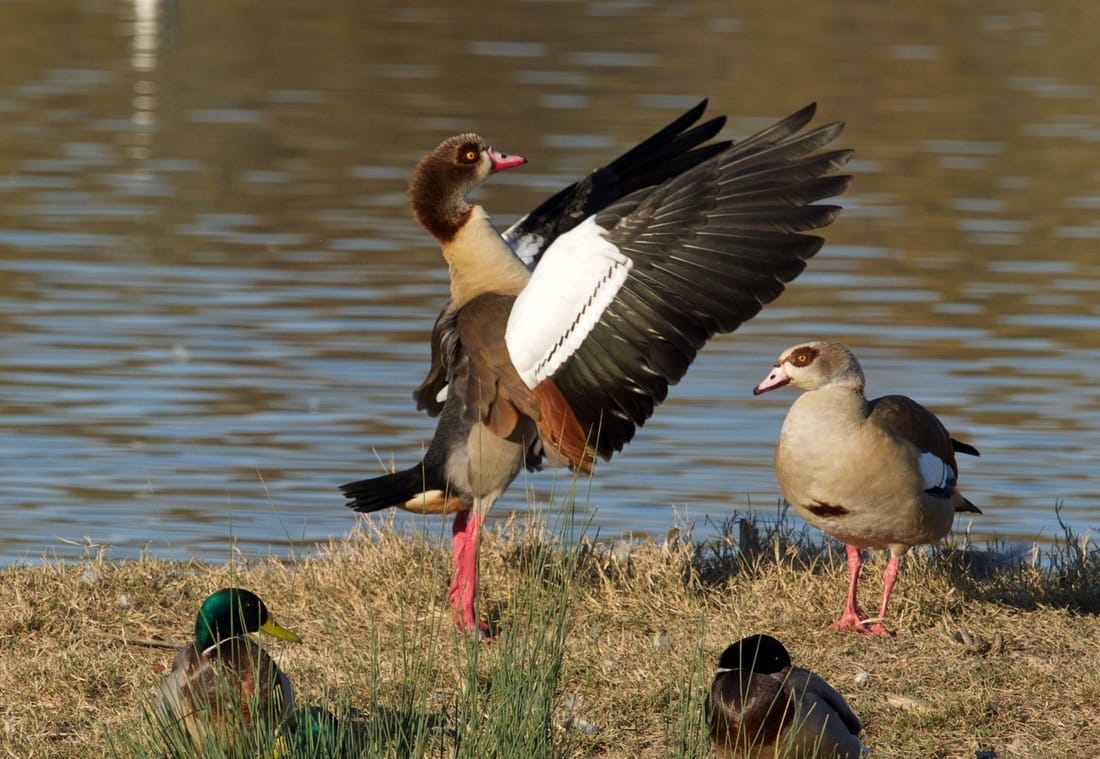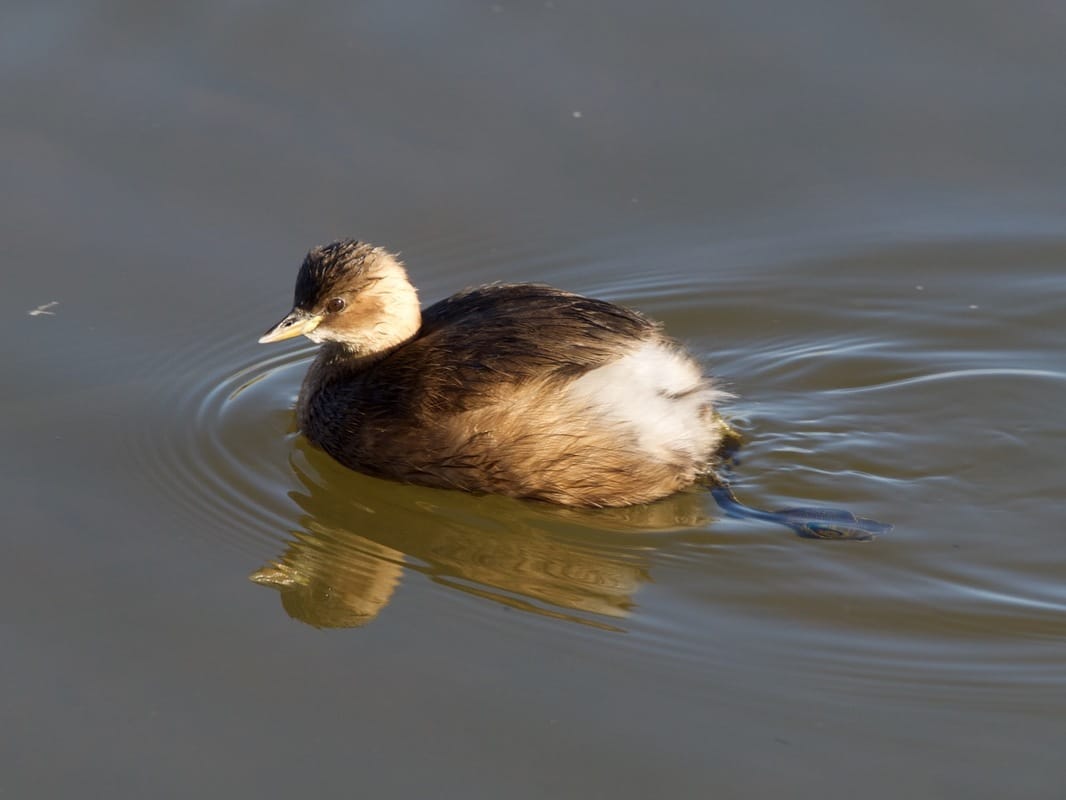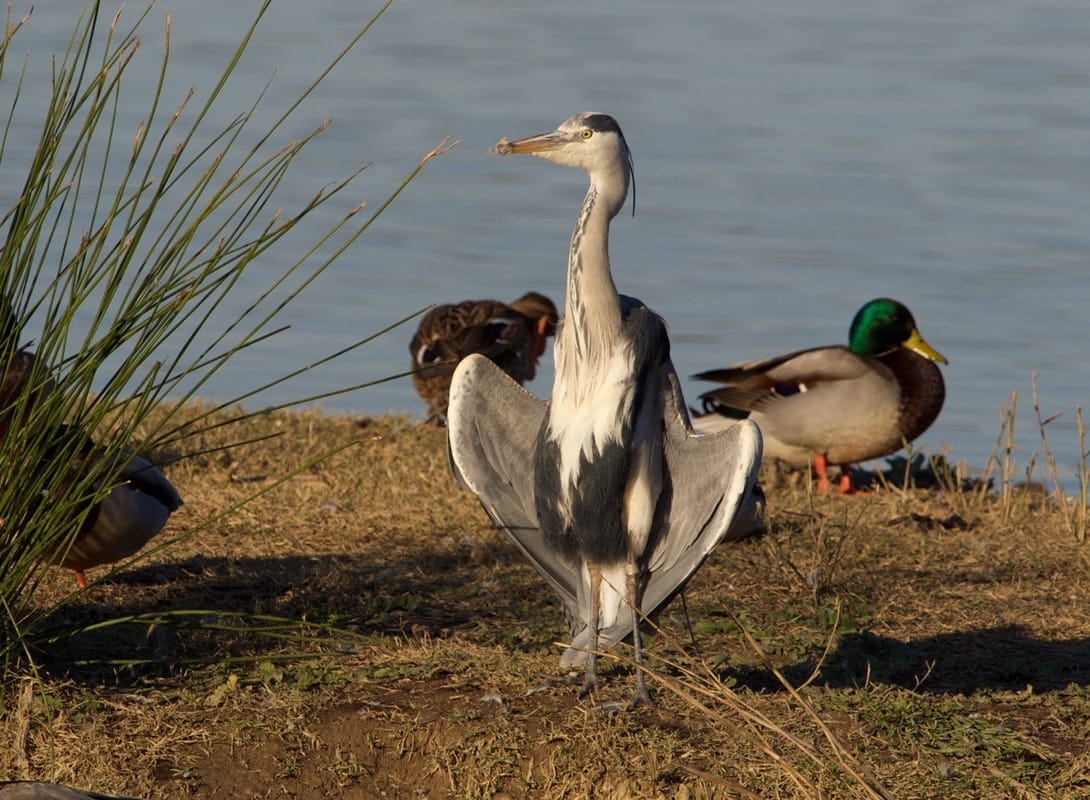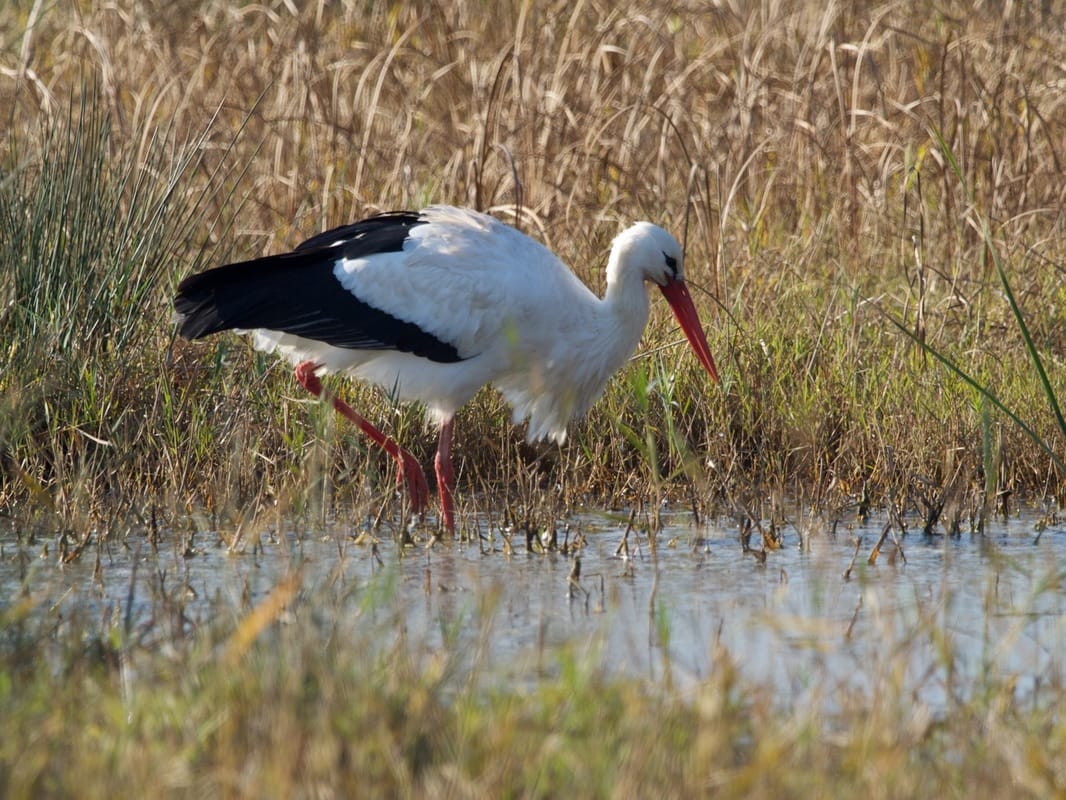A couple of weekends ago, we went off on a short jaunt, north into what we call “ Cathar-country “ and the Corbières. Basically, we took a reasonably direct route to Quillan, and then headed eastwards back into PO, via forests, rocky uplands, dramatic castles and autumnal vineyards – some even complete with hard-working paysans. This was against the spectacular backdrop of a snow-clad Canigou, and our purpose was to catch the last autumn colours, the deep reds, coppers, sheets of gold with splashes of yellow that inevitably attract the attention of the photographer. This we had expected, and hopped out of the van at regular intervals to try to do justice to the beauty of the unfolding scenery.
One day we found ourselves suddenly in a shallow valley whose drama we had not expected; there had been a wide-ranging, serious fire (in August, we later learnt), which had ripped through the wooded upland, leaving large areas of stark, black trees which made an impact on us that was not merely visual, but also, somehow, visceral and emotional. A recent fire looks horrible, but this one had a strange beauty, because it framed the small vineyards which had been saved from the blaze, presumably by the great efforts of the sapeurs-pompiers, and were that red-gold colour. Seen through the blackened branches, it reminded me of a stain-glass window – umpteen photos were duly taken.
Our landlady did tell us that the fire had been set by a known arsonist from Perpignan, someone, obviously, with a strange and harmful relationship with our lovely countryside.
There were, of course, lots of duck: the ubiquitous mallard, inevitably, but lots of the smart, diminutive teal, as well as the remarkable shoveler, shelduck and a few pochard.
It was quite a busy day, too, being a lovely Sunday with free admission. There were several serious photographers with lenses that I could not even imagine carrying, and many families. At the very least, their children were all having fun on a super day in a beautiful place; we can only hope that a few of them grow up to be enthusiastic about the natural world, and to care passionately for what is left of it.
Bonnes Fêtes to you all! And, whatever happens in the wider world, keep enjoying our wonderful countryside!
